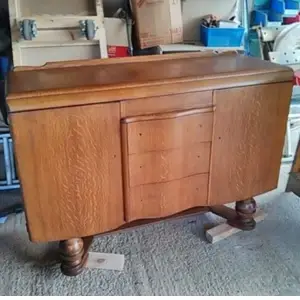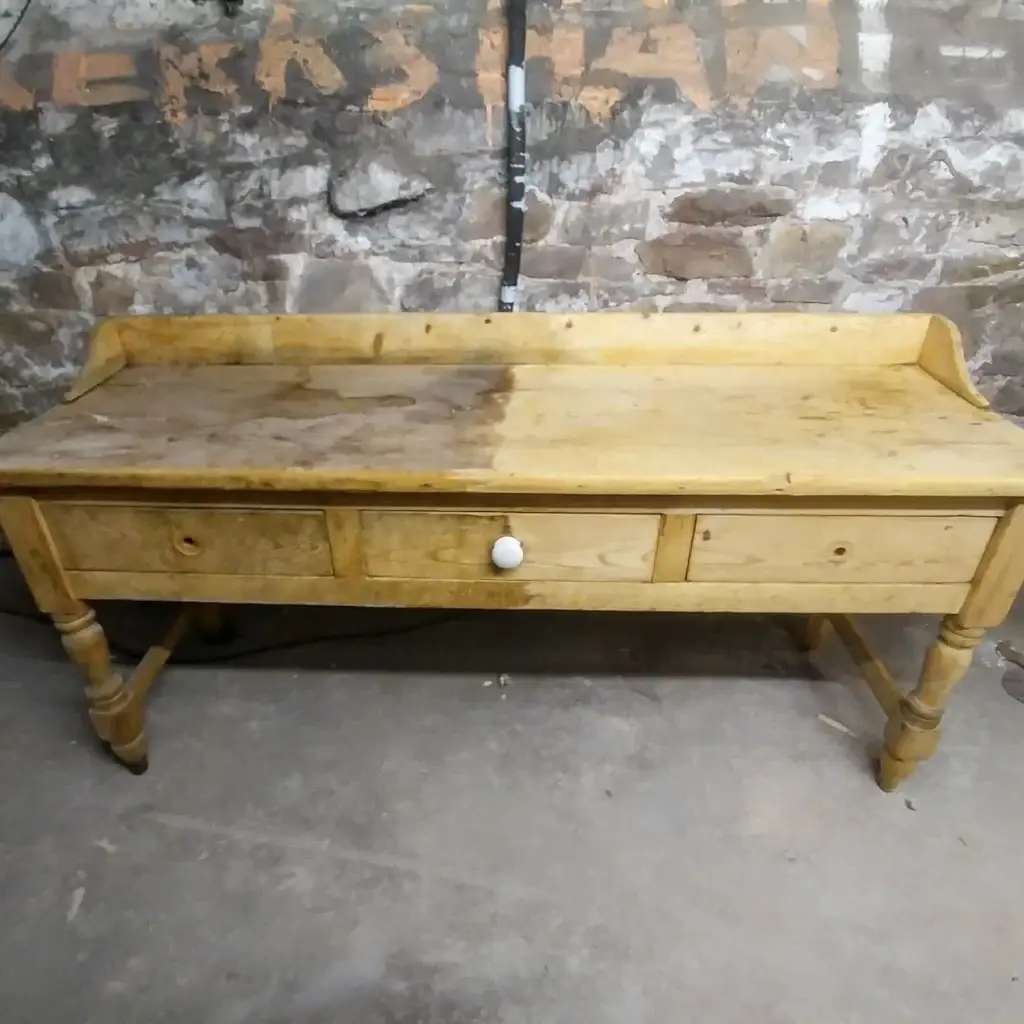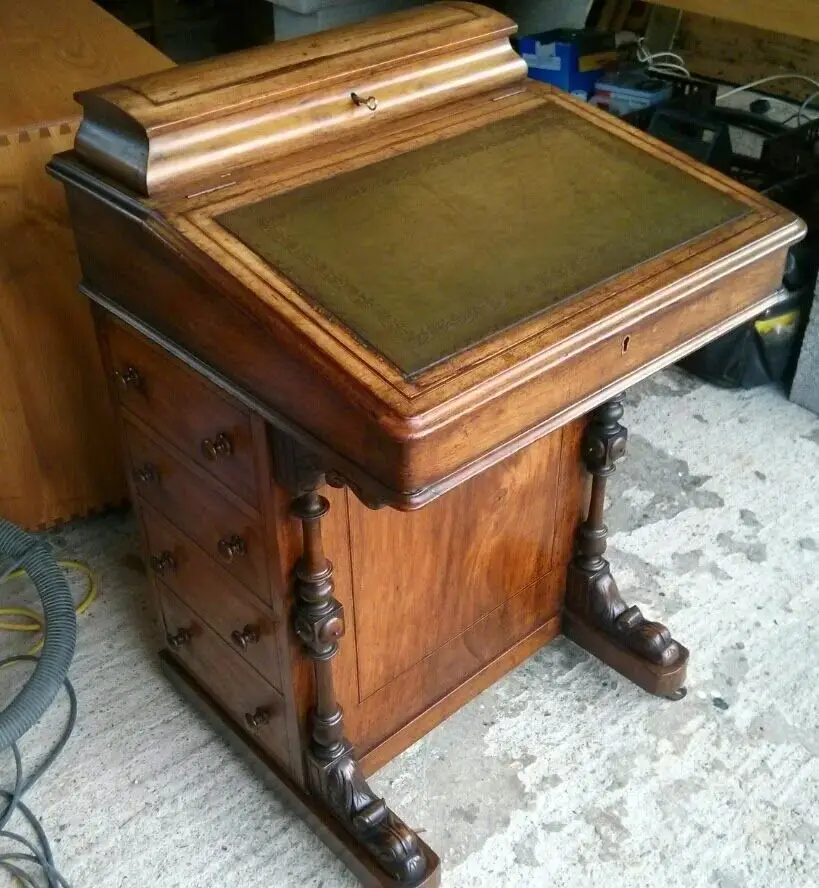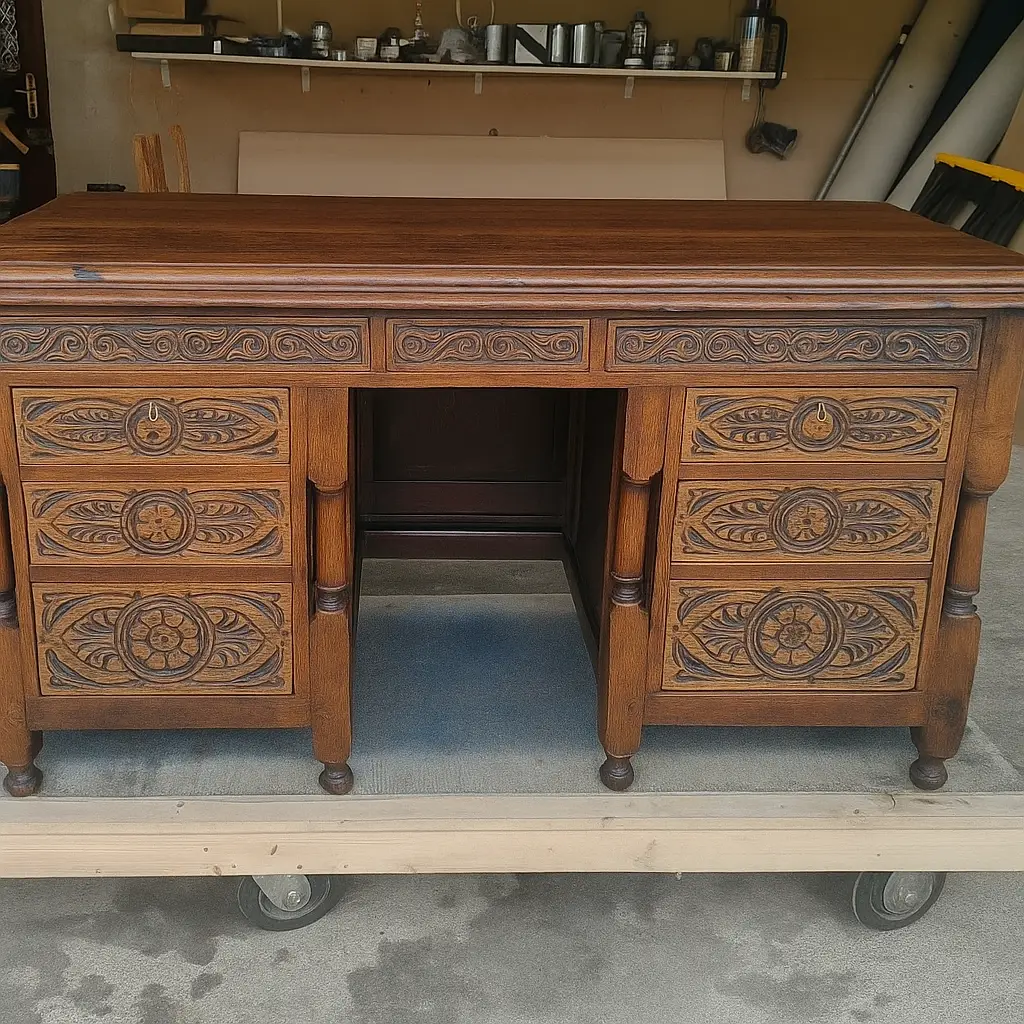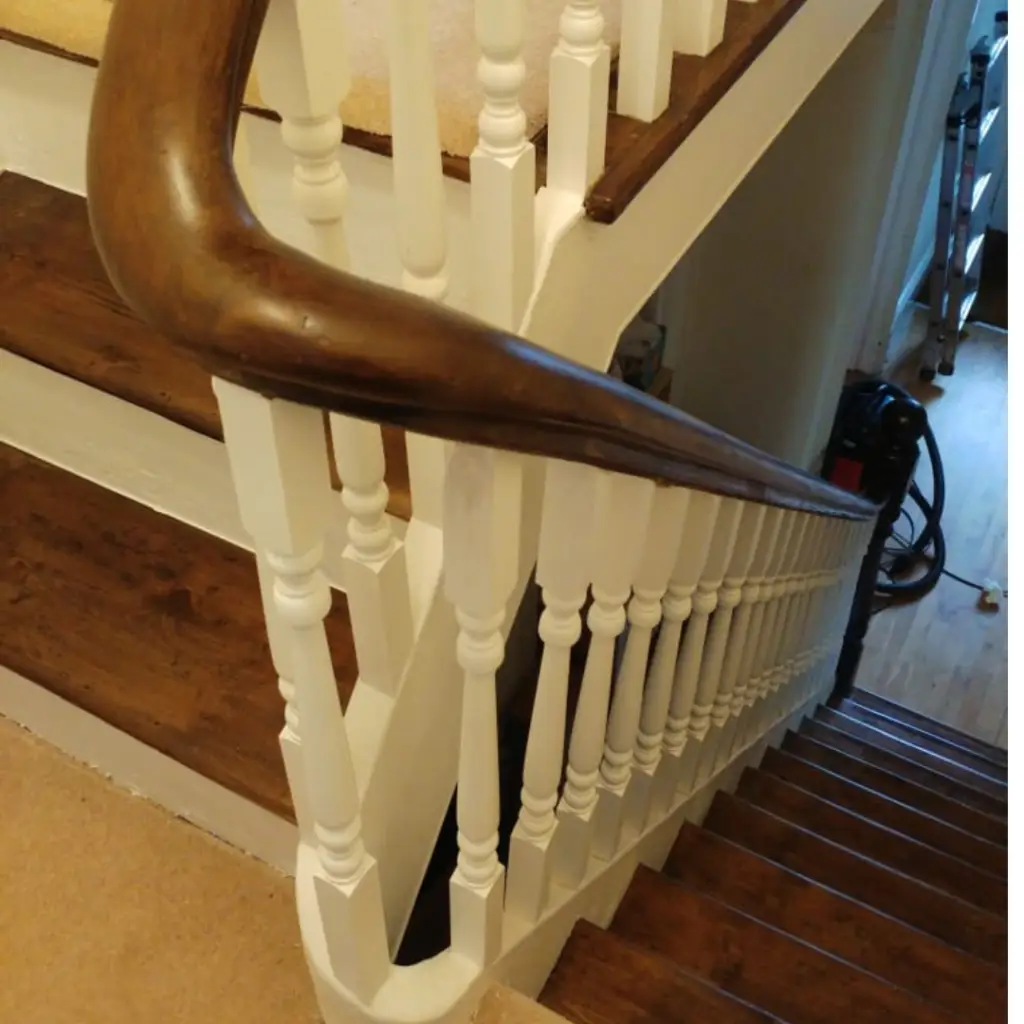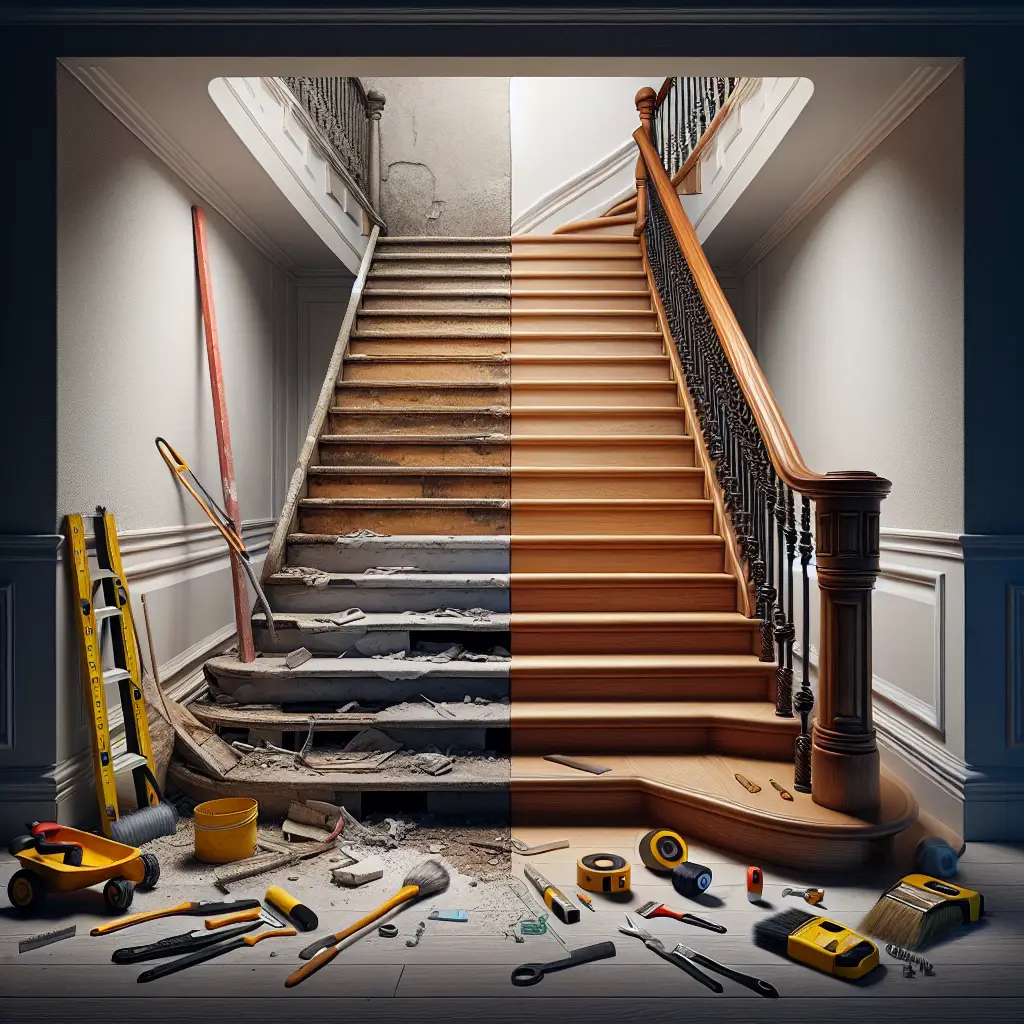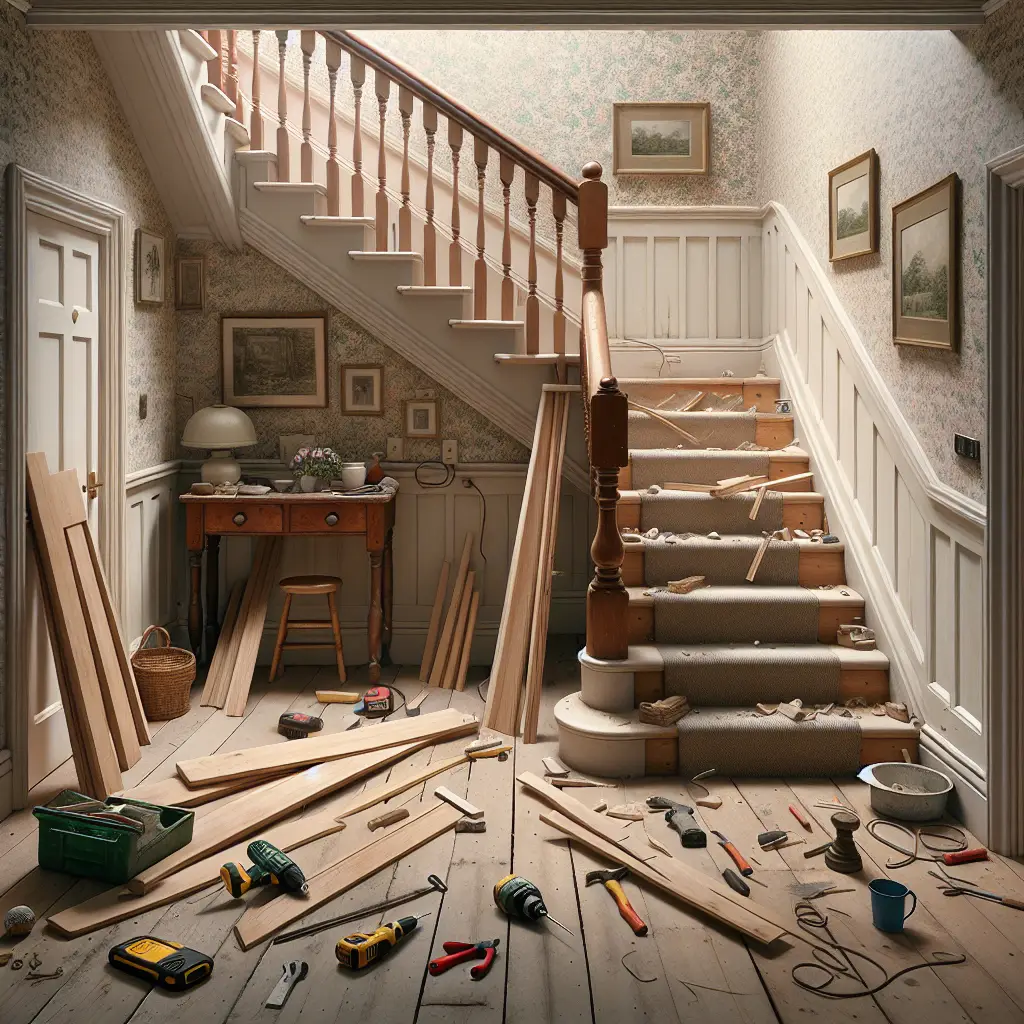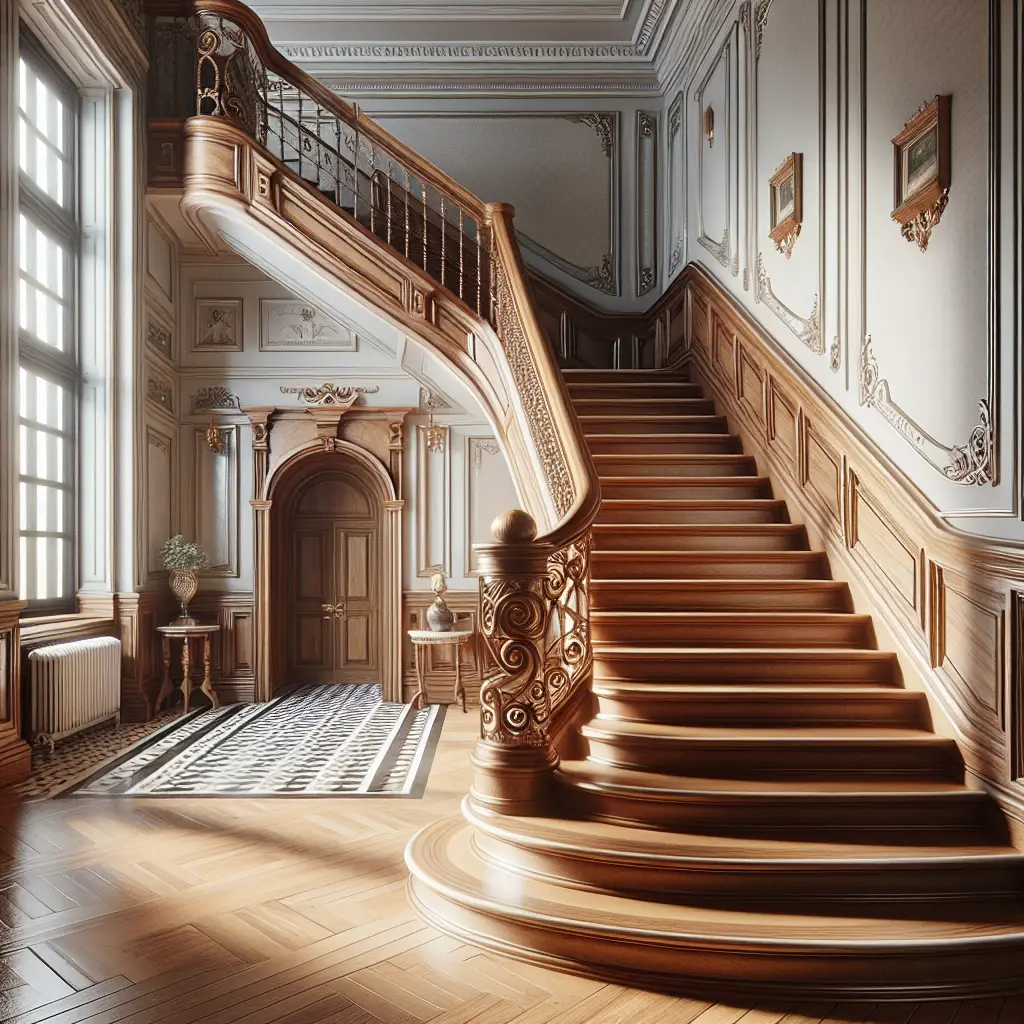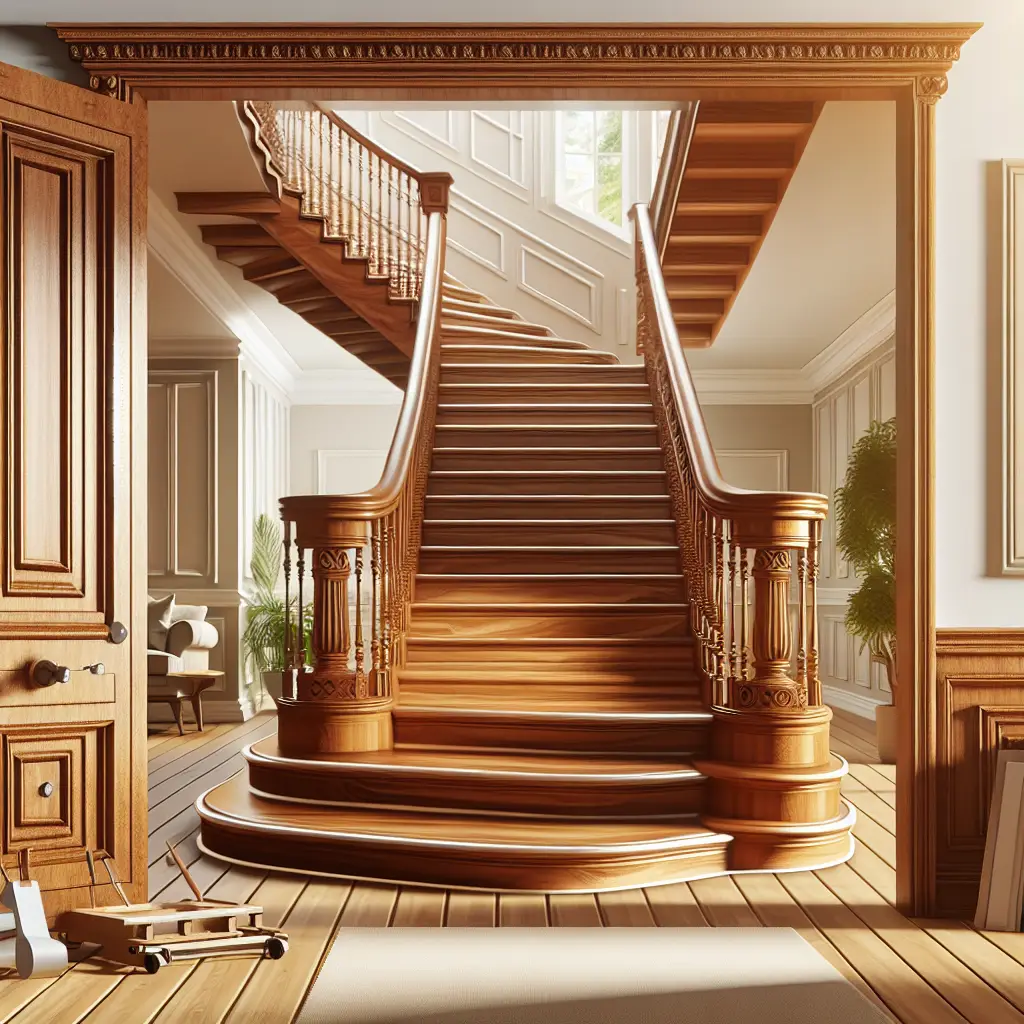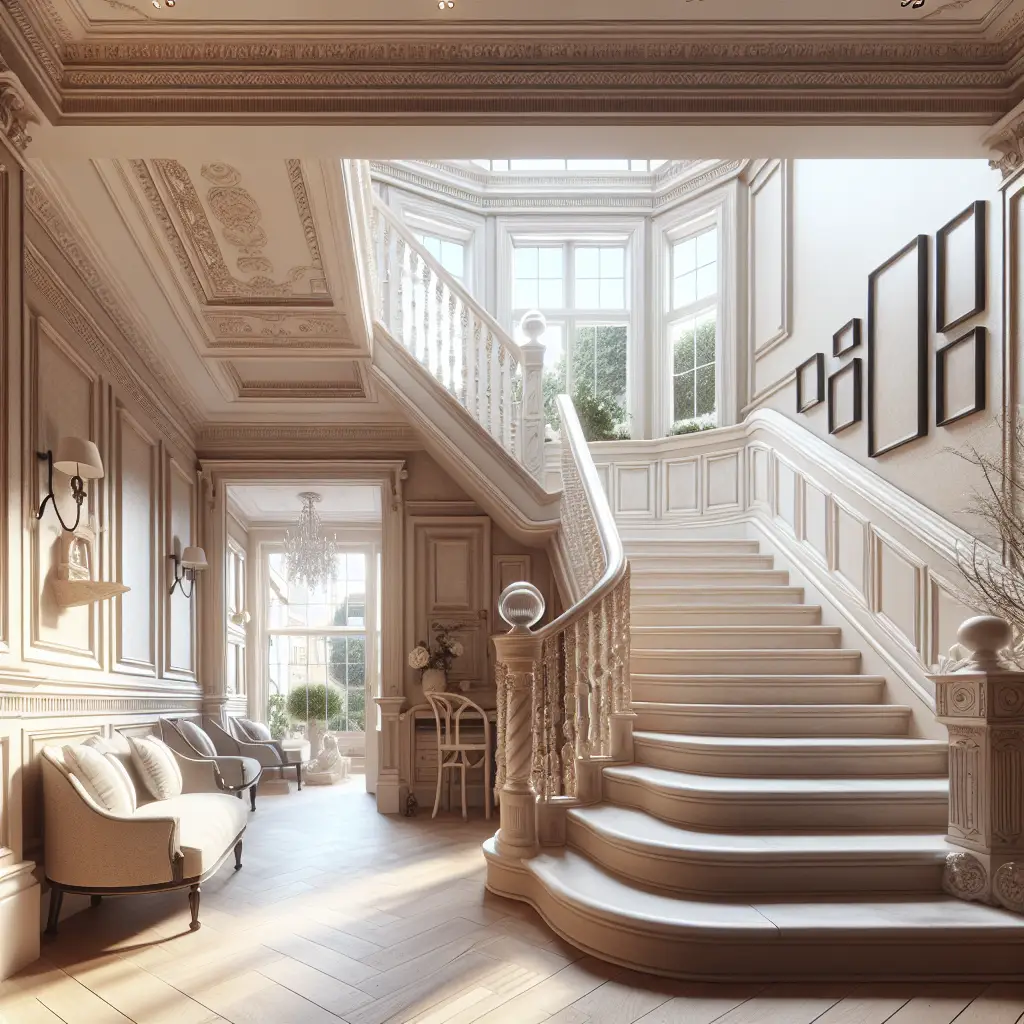Breathing New Life into Heirlooms: The Art of Upholstery Restoration
Upholstery restoration is a meticulous process that transcends simple repair work. It’s an artistic endeavour that seeks to resurrect a piece of history, safeguarding the memories and emotional significance embedded in cherished furniture. Unlike standard repairs, restoration aims to bring furniture back to its former glory while preserving the unique charm and character that make each piece a perpetual heirloom.
Techniques and Methods of Upholstery Restoration
Inspection and Preparation
The journey of upholstery restoration starts with a comprehensive inspection. It’s essential to identify visible damages like tears, stains, or any structural weaknesses. A thorough cleaning, frequently using a vacuum to eradicate dirt and debris, sets the foundation for a clean canvas on which restoration artistry can unfold.
Refinishing and Repainting
Revitalising aged furniture often involves introducing new life through refinishing and repainting. The process begins with meticulous preparation, including the removal of hardware and the systematic stripping and sanding of surfaces. Filling in nicks and dents with stain markers and applying clear coats enhance the piece’s aesthetics, making it look fresh and appealing. The options of oil or water-based stains and topcoat formulas are instrumental in preserving the authentic character of vintage pieces.
Paint transformations can alter the furniture’s appearance significantly. Diverse paint options, including milk, enamel, and oil-based paints for both interiors and exteriors, paired with techniques like farmhouse, French provincial, and distressed finishes, offer versatile avenues for creativity. For those seeking a durable and swift option, spray paint provides a noteworthy alternative.
Hardware and Leg Modifications
The transformation potential of furniture is also harnessed through innovative hardware and leg modifications. Changes in hardware, such as incorporating vintage finds from online marketplaces, can elevate or diminish the piece’s aesthetic appeal. Similarly, alterations like trimming a bar stool’s legs to create a footstool, or redesigning an end table into a unique side table, demonstrate how simple adjustments can reinvent furniture.
Repurposing Old Furniture
The art of repurposing exemplifies creativity without bounds. An antique door can morph into a bespoke headboard or coat rack, an old ladder may find new purpose as a blanket holder, and a vintage armoire can transform into a personalised kid’s closet. These inventive reimaginings demonstrate the infinite possibilities of repurposing, highlighting the potential to breathe contemporary life into traditional frameworks.
Using Epoxy and Resin
For those seeking a modern twist, incorporating epoxy resin offers a stunning, contemporary finish. This technique can create a marble-like effect or embed objects like dried flowers for a captivating 4D look, infusing furniture with an irresistible allure and making it a conversation starter.
Materials and Craftsmanship
The authenticity of restored furniture hinges on the quality of the materials used. Restoration necessitates the selection of top-quality materials that align closely with the originals, ensuring that the piece not only retains its authentic look but also its structural integrity. Patience, skill, and a profound respect for the medium underscore the process, making upholstery restoration a revered art form.
Environmental and Emotional Benefits
Upholstery restoration offers compelling environmental and emotional virtues. By revitalising old furniture, this process underscores environmental sustainability by reducing waste. Moreover, restoring beloved pieces like a grandmother’s antique chair or a family sofa eternally preserves the emotional memories these items encapsulate, ensuring that history lives on.
Professional Upholstery Restoration Services
For those who wish to entrust their antiques to bring expertise and an eye for detail to every project. Similarly, Simons Staircase & Furniture Restoration epitomises dedication to craftsmanship, artistry, and preserving historical and emotional value. Both services exemplify the pinnacle of professional upholstery restoration, ensuring each piece of furniture receives tailored, expert care.
Specifications Table
| Aspects of Upholstery Restoration | Details |
|---|---|
| Inspection and Preparation | Identify damages, thorough cleaning, vacuuming |
| Refinishing | Remove hardware, strip, sand, stain, clear coat |
| Repainting | Milk, enamel, oil-based, spray paint; various techniques |
| Hardware/Leg Modifications | Vintage hardware, innovative leg trims |
| Repurposing | Creative rereads, e.g., doors to headboards |
| Epoxy and Resin Use | Marble-like effects, embedded items |
| Quality Materials | Match originals, preserve authenticity |
| Professional Services | Skilled craftspeople, attention to detail |
| Environmental/Emotional Impact | Reduces waste, preserves memories |
FAQs
1. What is the difference between upholstery restoration and repair?
Upholstery restoration and repair, while seemingly similar, serve different purposes. Restoration is an artisanal process focused on reviving an antique’s historical and emotional value, aiming to return it to its original splendour while maintaining its distinctive character. Repair, however, typically addresses functional defects, providing a utility-focused solution without necessarily preserving the aesthetic essence.
2. How do professionals ensure the authenticity of restored furniture?
Professionals prioritise the use of high-quality materials closely matching the originals in terms of texture, colour, and style to ensure authenticity. They employ traditional techniques that respect the craftsmanship of the period from which the furniture originates. Additionally, meticulous attention to detail throughout the inspection, preparation, and finishing phases assures that the restored piece retains its historical and sentimental integrity.
3. Why is upholstery restoration considered environmentally sustainable?
Upholstery restoration contributes to environmental sustainability by extending the life cycle of furniture, thus decreasing reliance on new manufacturing which often involves resource-intensive processes. By restoring and repurposing existing pieces, less waste is generated, promoting a more sustainable approach to interior design and furnishing.
In conclusion, upholstery restoration is an intricate process fusing traditional techniques, superior materials, and a profound respect for the craft. This dedication ensures the preservation of history and memories while fostering a sustainable future. By embracing methods such as refinishing, painting, hardware modification, and creative repurposing, each restored piece not only reveres the past but also enriches today’s living spaces.


